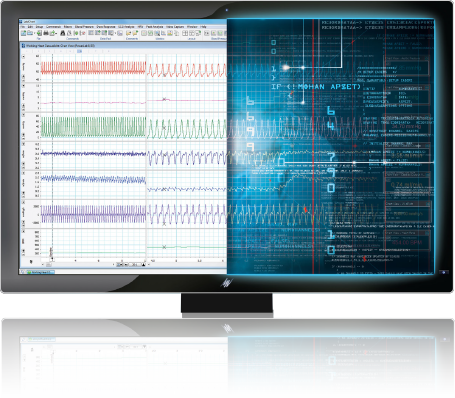

Some systems, most notably the INTERRO, used a dedicated computer, whereas others provided software that would run on a standard computer.Īs these evolved, the products being tested in vials were replaced by computer codes said to represent the products, and software was programmed to display elaborate charts, pictures, and lists of body areas, symptoms, diseases, and supposedly corrective measures. Subsequent EAV devices replaced the gauge with a computer that reflected the measurements on its screen, reported what organs might be affected, suggested what products might be most useful, and added dietary supplements and herbal preparations to the recommended product mix. Voll declared that readings from 45 to 55 were normal (“balanced”), readings above 55 indicated inflammation of the organ “associated” with the meridian being tested, and readings below 45 suggested “organ stagnation and degeneration.” Homeopathic products would be administered and the patient retested until everything was determined to be “balanced.” Other early devices, such as the Vegatest, added a honeycomb into which vials of remedies could be placed to test whether their contents would supply the hoped-for balance. The Dermatron measured the electrical resistance of the patient’s skin at each point touched by the probe and displayed it on a gauge as a number from 0 to 100.

Another wire went from the device to a probe that the operator touched to supposed “acupuncture points” on the patient’s other hand or a foot. The device emitted a tiny direct current that flowed through a wire to a metallic cylinder that the patient held in one hand. Voll’s first transistorized model-the Dermatron-was a box with two gauges, several dials, and wired components that would be placed in contact with the patient’s skin. In 1958, he combined Chinese acupuncture theory with galvanic skin response measurements to determine what he said was the body’s flow of “electro-magnetic energy” along “acupuncture meridians” (Barrett 2016a). Proponents attribute their origin to Reinhold Voll, a West German physician/acupuncturist who asserted that skin resistance is related to the health of the body’s internal organs. At least forty have been marketed during the past sixty years.

In addition to my experience, this article describes the history of EDS devices and why I believe they should be banned.Įlectrodermal screening devices are said to measure and react to skin resistance to the passage of low-level electrical current. Last year, I tested myself with a leading EDS device forty-three times in ten days and found that the results were preposterous. The use of galvanometric devices to make health assessments is commonly referred to as electrodermal screening (EDS) or electroacupuncture according to Voll (EAV).


 0 kommentar(er)
0 kommentar(er)
